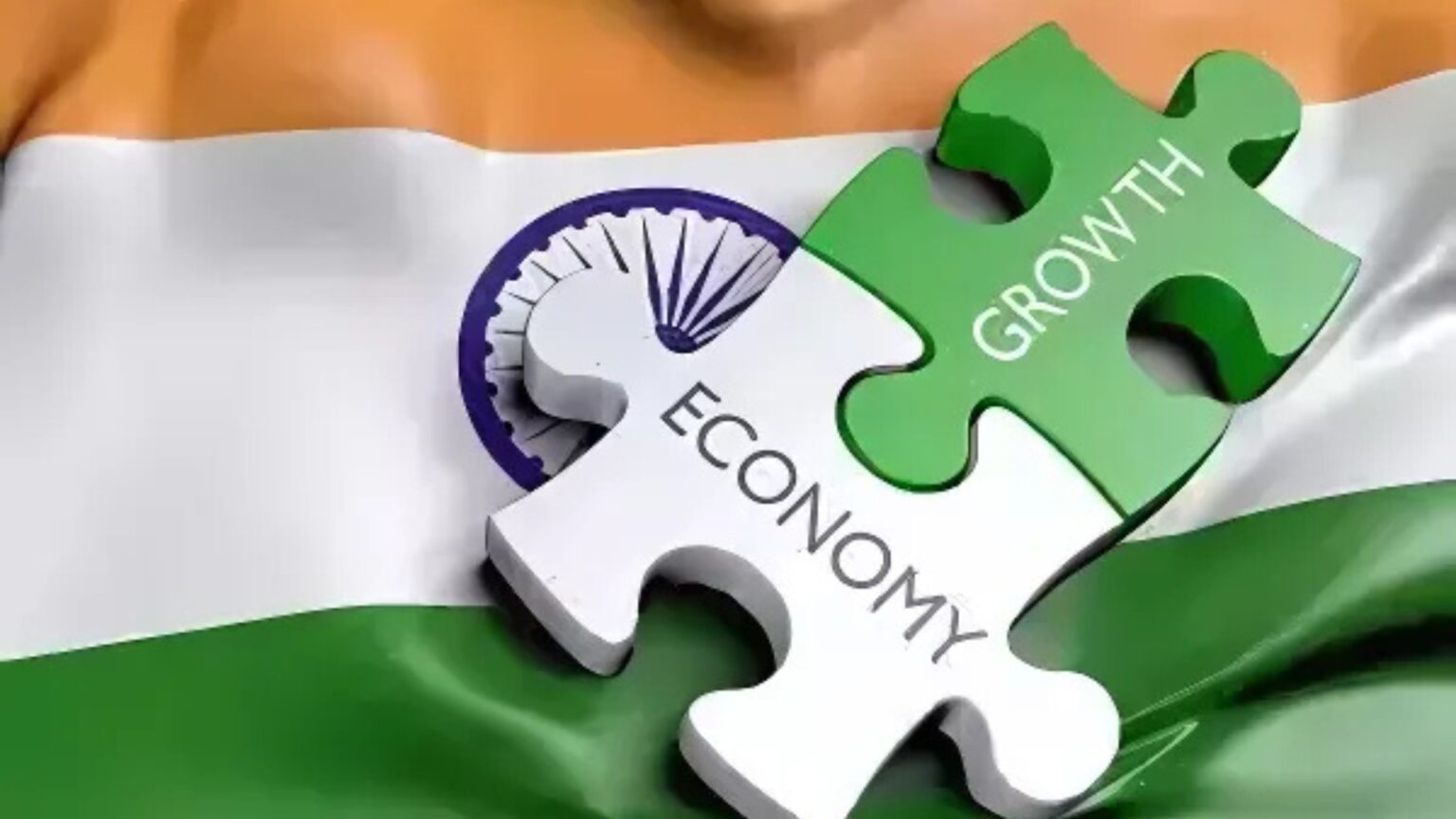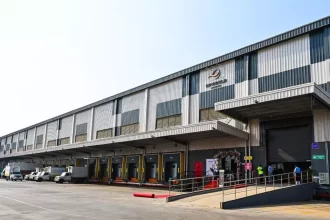India’s economic strategy has drawn attention as the country looks to capitalize on global supply chain shifts. As businesses move away from China, India is positioning itself as an alternative destination. It aims to harness this opportunity through deregulation, scaling up, and fostering investment growth.
The Need for Deregulation in India’s Economic Strategy
A key element of India’s economic strategy is deregulation. India’s Chief Economic Adviser, V Anantha Nageswaran, emphasizes removing regulatory barriers that slow business growth. By simplifying rules, India aims to become a more attractive destination for investments.
The country’s focus is not only on foreign direct investment (FDI) but also on helping small businesses grow. Nageswaran stresses that reforms should help small businesses become medium-sized and medium-sized businesses become large. This requires a shift in mindset and bigger reforms.
Leveraging the Global Supply Chain Shifts
The global shift in supply chains presents a golden opportunity for India. As countries move away from China, India is preparing to take on the role of an alternative hub. India’s economic strategy focuses on ensuring it can offer a reliable option to global companies.
India has already seen success in sectors like mobile phone manufacturing. However, Nageswaran urges the country to think on a larger scale to truly benefit from this shift.
Ensuring Sustainable Economic Growth Amidst Global Challenges
India’s economic strategy also emphasizes sustainable growth. Nageswaran notes that India’s energy transition must support growth while being mindful of environmental goals. This balance is crucial for attracting investments in renewable sectors.
India’s macroeconomic fundamentals are strong, helping it weather external shocks. Despite stock market volatility, Nageswaran views the correction as healthy. It realigns the markets with the country’s economic fundamentals.
Opportunities and Challenges Ahead for India
India’s economic strategy must continue evolving. Nageswaran calls for a broader approach in policy design. Instead of incremental changes, he advocates for more significant reforms with a bigger impact. India’s future depends on creating scalable solutions for businesses.
India’s policymakers must remain flexible. They need to respond quickly to changes while ensuring stability. Consistency in policies is key to attracting foreign investments and driving growth.
The Path Forward: A Strong and Resilient India
India’s economic strategy is built on strong fundamentals, deregulation, and opportunities in global supply chains. As the world shifts away from China, India is ready for transformation. By focusing on these areas, India can become a global economic leader.
By supporting businesses of all sizes, India can create an environment where innovation thrives. The path ahead is challenging, but India’s future looks bright with a strong economic strategy in place.







